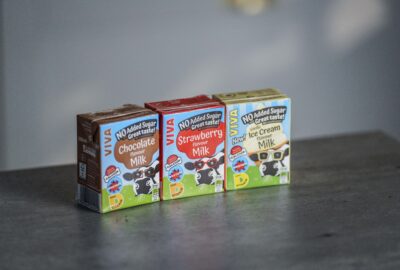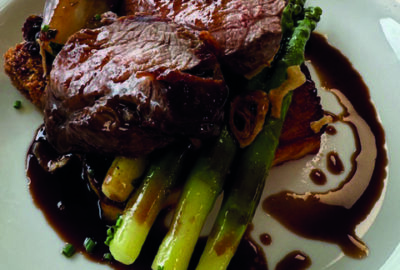The British high street is evolving and independent restaurants are playing a key role in driving this transformation.
FAST FACTS
• Millennials spend an average of £1,519 eating out annually, and dine out on average c. 25 times per month (True Capital).
• Cafés and tearooms experienced a 46% increase in the number of net openings between 2016-2017 – the largest number of net openings in that year. This is concurrent with a wider trend over the last decade as the number of coffee shops has increased by 140% . Research shows that 24-35 year olds are the biggest growing consumer demographic among tea drinkers.
Let’s start with the facts. Restaurants and bars are the fifth fastest growing retail sector in the UK, according to the Local Data Company. This bold statistic is based on the number of new outlets launched over the past three years. And why is the sector growing at such a pace? Well, quite simply, the demand is there. The eating out market is valued at almost £90 billion, according to Statista, with independent restaurants making up 68% of sales.
The younger generation are fuelling a growing ‘dining out’ culture. So much so that it’s reported by retail sector specialists, True Capital, that 58% of millennials eat out at least once a week. They represent the largest generation yet and will soon surpass other generations in terms of buying power, so their positive impact on the sector looks set to continue into the future.
Combined with this is an increase in the number of vegan restaurants, as the top growing niche restaurant category. This comes as no great surprise, considering that figures from The Vegan Society show that between 2014 and 2018 the number of vegans in the UK quadrupled. Pro-active restaurateurs are capitalising on the number of people turning vegan or adopting a ‘flexitarian’ approach to eating.
A younger market, a vegan market – but where do the ‘independents’ come in? Basically, it seems their flexibility and agility makes them perfectly-placed to adapt to these changing consumer demands and stand out from the crowd. As a result they are the ones leading this growth, making up no less than 68% of total sales according to MCA’s UK Restaurant Market report.
LAWRENCE HARTLEY, CO-FOUNDER OF THE ALLIANCE OF INDEPENDENT RESTAURANTS (AIR), COMMENTS:
“Independent restaurants and bars are playing a larger influence on the high street than ever before. As more retail business goes online and the food boom continues to grow, entrepreneurs are finding ways to stand out from the crowd, with well-researched clever concepts, heritage, provenance and artisanal produce.”
In the retail sector generally some well-loved household names have disappeared, but there has been positive news for independent retailers and businesses. Perhaps it’s fair to say there’s a similar picture in the eating out sector.
However, ironically independents can’t do this alone. Support is needed from organisations such as AIR and associated businesses within the industry. For example, 365 Business Finance report that demand for finance by restaurants increased by 100% in 2019.
Challenges lie ahead, as Lawrence continues: “High rents, excessive rates, Brexit uncertainty, higher wage expectations and pension requirements means this may well be short lived, as we have already seen a drop in openings in the most recent year compared to the year before.”
So, cautious optimism appears to be the key message. Independents are leading sector growth, but it’s not an independent task. These restaurants are dependent not only on consumer demand, but also on support from across the whole sector.


